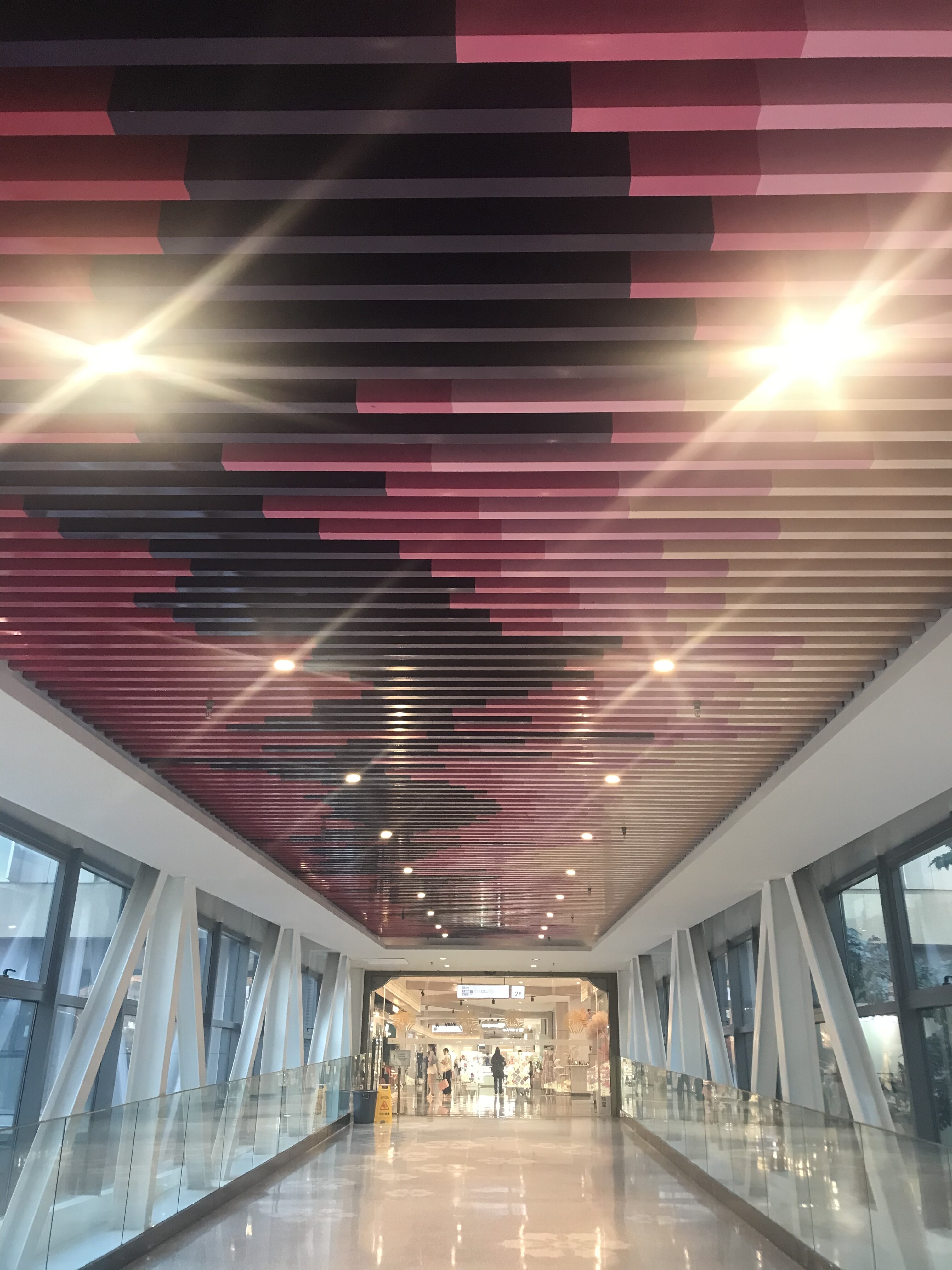Email format error
Email cannot be empty
Email already exists
6-20 characters(letters plus numbers only)
The password is inconsistent
Email format error
Email cannot be empty
Email does not exist
6-20 characters(letters plus numbers only)
The password is inconsistent


The integration of OEM curved panels in modern architecture has transformed the way we approach design and construction. These panels offer versatility, aesthetic appeal, and structural integrity, making them a popular choice for architects and builders worldwide. In this blog post, we will explore the benefits, applications, and the process of incorporating OEM curved panels into architectural projects. Additionally, we will touch upon the specific advantages of using a curved aluminum panel in various applications.
The Rise of OEM Curved Panels
Historical Context
Curved panels have a rich history in architecture, dating back to ancient civilizations that utilized curved structures for their aesthetic and functional benefits. However, it is only in recent decades that the technology and manufacturing processes have evolved to create high-quality OEM curved panels that meet modern standards.
Modern Applications
Today, OEM curved panels are used in a wide range of applications, from commercial buildings to residential homes. They are particularly popular in the construction of facades, interior partitions, and roofing systems. Their ability to be customized to specific project requirements makes them an ideal choice for architects looking to create unique and innovative designs.
Benefits of OEM Curved Panels
Aesthetic Appeal
One of the primary reasons architects opt for OEM curved panels is their aesthetic appeal. The smooth, flowing lines of curved panels can transform a building's appearance, giving it a modern and futuristic look.
Structural Integrity
Despite their delicate appearance, OEM curved panels are incredibly strong and durable. They are designed to withstand various environmental conditions, including extreme weather and temperature fluctuations. This makes them a reliable choice for both exterior and interior applications.
Versatility
OEM curved panels can be manufactured in a variety of materials, including aluminum, steel, and composite materials. This versatility allows architects to choose the best material for their specific project needs.
The Manufacturing Process
Design and Customization
The first step in creating OEM curved panels is the design process. Architects and engineers work together to create detailed drawings and specifications that outline the desired curvature, dimensions, and material. This ensures that the final product meets the exact requirements of the project.
Fabrication
Once the design is finalized, the fabrication process begins. This involves cutting, shaping, and assembling the panels to match the design specifications. Advanced manufacturing techniques, such as CNC machining and laser cutting, are often used to achieve precise and accurate results.
Quality Control
Quality control is a critical aspect of the manufacturing process. Each OEM curved panel undergoes rigorous testing to ensure it meets industry standards for strength, durability, and appearance. This includes testing for structural integrity, weather resistance, and finish quality.
Applications of OEM Curved Panels
Commercial Buildings
In commercial buildings, OEM curved panels are often used for facades and roofing systems. Their unique design can make a building stand out, attracting attention and increasing its market value.
Residential Homes
OEM curved panels are also becoming increasingly popular in residential construction. They can be used to create stunning interior features, such as curved walls and ceilings, as well as exterior elements like roofs and balconies. Homeowners appreciate the customizability and aesthetic appeal that these panels offer.
Public Spaces
In public spaces, such as parks, museums, and transportation hubs, OEM curved panels can be used to create eye-catching structures that enhance the overall experience for visitors. Their versatility allows for the creation of unique and memorable designs that can become landmarks in their own right.
Advantages of Curved Aluminum Panels
Lightweight and Durable
Curved aluminum panels are favored for their lightweight properties, which make them easier to transport and install compared to heavier materials. Despite their light weight, they are incredibly durable and can withstand harsh environmental conditions without corroding or deteriorating.
Sustainability
Aluminum is a highly sustainable material, as it is 100% recyclable. Using the aluminum panels in construction projects can contribute to a building's overall sustainability and reduce its environmental impact. This is an important consideration for architects and bu
ilders who prioritize green building practices.
Cost-Effectiveness
Although the initial cost may be higher than some other materials, their long-term benefits often outweigh the upfront expense. Their durability and low maintenance requirements can result in significant cost savings over the lifespan of a building.
Case Studies: Successful Implementations
Case Study 1: The Shard, London
The Shard in London is a prime example of how OEM curved panels can be used to create a striking and iconic building. The building's facade features curved glass panels that give it a sleek and modern appearance. The use of curved panels also helps to maximize natural light and improve energy efficiency.
Case Study 2: Walt Disney Concert Hall, Los Angeles
The Walt Disney Concert Hall in Los Angeles is another excellent example of the use of OEM curved panels. The building's exterior is clad in curved stainless steel panels, creating a flowing and dynamic appearance. The design not only enhances the building's aesthetic appeal but also improves its acoustic performance.
Future Trends in Curved Panel Technology
Advances in Material Science
As material science continues to advance, we can expect to see new and improved materials being used in the production of OEM curved panels. These materials will offer enhanced properties, such as increased strength, better insulation, and improved sustainability.
Integration with Smart Technology
The integration of smart technology with OEM curved panels is another exciting trend to watch. This could include the incorporation of sensors and other smart devices into the panels themselves, allowing for real-time monitoring of structural integrity and environmental conditions.
Increased Customization
Advances in manufacturing technology will also lead to increased customization options for OEM curved panels. Architects and builders will be able to create even more unique and innovative designs, pushing the boundaries of what is possible with curved panels.
Conclusion
OEM curved panels have revolutionized the field of architecture, offering unparalleled aesthetic appeal, structural integrity, and versatility. From commercial buildings to residential homes and public spaces, these panels are being used to create stunning and innovative designs that stand the test of time. The use of materials further enhances the benefits of these panels, providing lightweight, durable, and sustainable solutions for modern construction projects.
As technology continues to advance, we can expect to see even more exciting developments in the field of OEM curved panels. Whether it's through the use of new materials, the integration of smart technology, or increased customization options, the future of curved panel technology is bright and full of possibilities. For architects and builders looking to create unique and memorable designs, OEM curved panels are an excellent choice that will continue to shape the future of architecture.